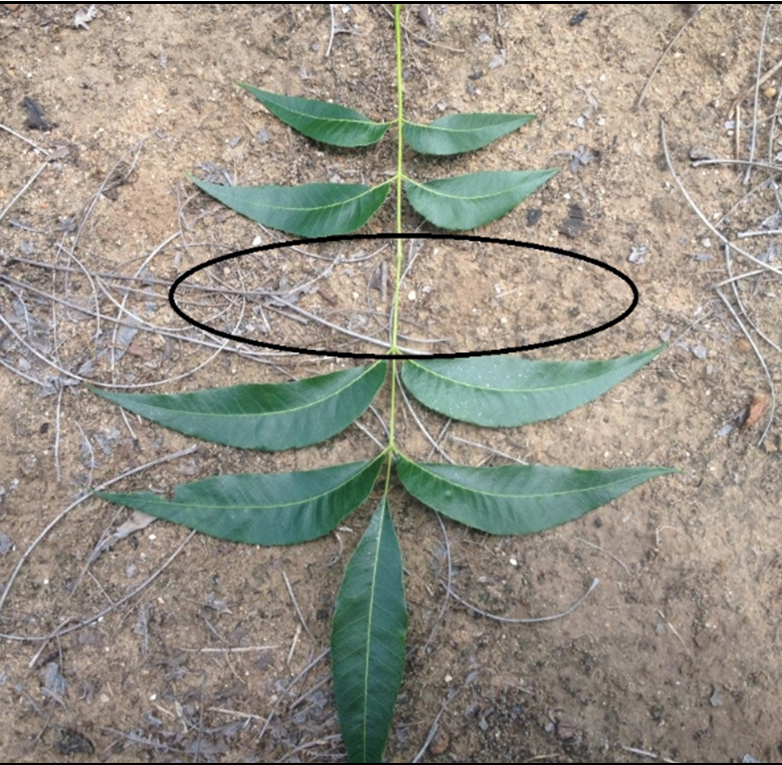Sample from July 7 through August 7
Now is the time for pecan producers to consider collecting leaf tissue samples. While soil samples are helpful for checking soil pH and determining any potential problems with competitive uptake between nutrients in the soil, leaf samples tell you the fertility status of the actual trees. Leaf sampling is the most important tool pecan growers have for determining their fertility needs. Using soil and leaf samples together allows growers to match their fertilizer applications with the actual needs of the tree rather than just guessing. This provides an excellent opportunity to save money on fertilizer cost.
The general recommended time period for leaf sampling is July 7 through August 7. The reason for sampling from early July to early August is because during that time the least amount of change in the concentrations of mineral nutrients occurs. Leaf samples should be taken at this time because critical levels established through experimentation and observation are based on sampling done during this period.

Steps to taking a pecan tissue sample:
- Collect 50-100 middle-pair of leaflets from the middle leaf of this year’s growth (See figure above). Use terminal shoots exposed to the sun. Avoid twigs from the interior of the tree. Collect leaflets from all sides of the tree. Avoid leaflets damaged by insects and diseases.
- Abnormal trees or trees not representative of the area should be sampled separately. A complete and accurate description of abnormalities should accompany such samples.
- Sample trees of the predominant variety in a given block. If Schley is the main variety, sample Schley; if Stuart is the main variety, then sample Stuart, etc.
- Immediately upon collection, wipe leaves (entire surface, both top and bottom) with a damp cellulose sponge or cheese cloth to remove dust and spray residue. Do not allow the leaves to come into contact with rubber or galvanized containers. Partially air dry and place in a large envelope for mailing.
- If recent soil test data is not available, it would be advisable to collect a soil sample and have it sent to a soil testing laboratory. By sampling the same trees each year, growers can more readily see the results of any changes to their nutritional programs.